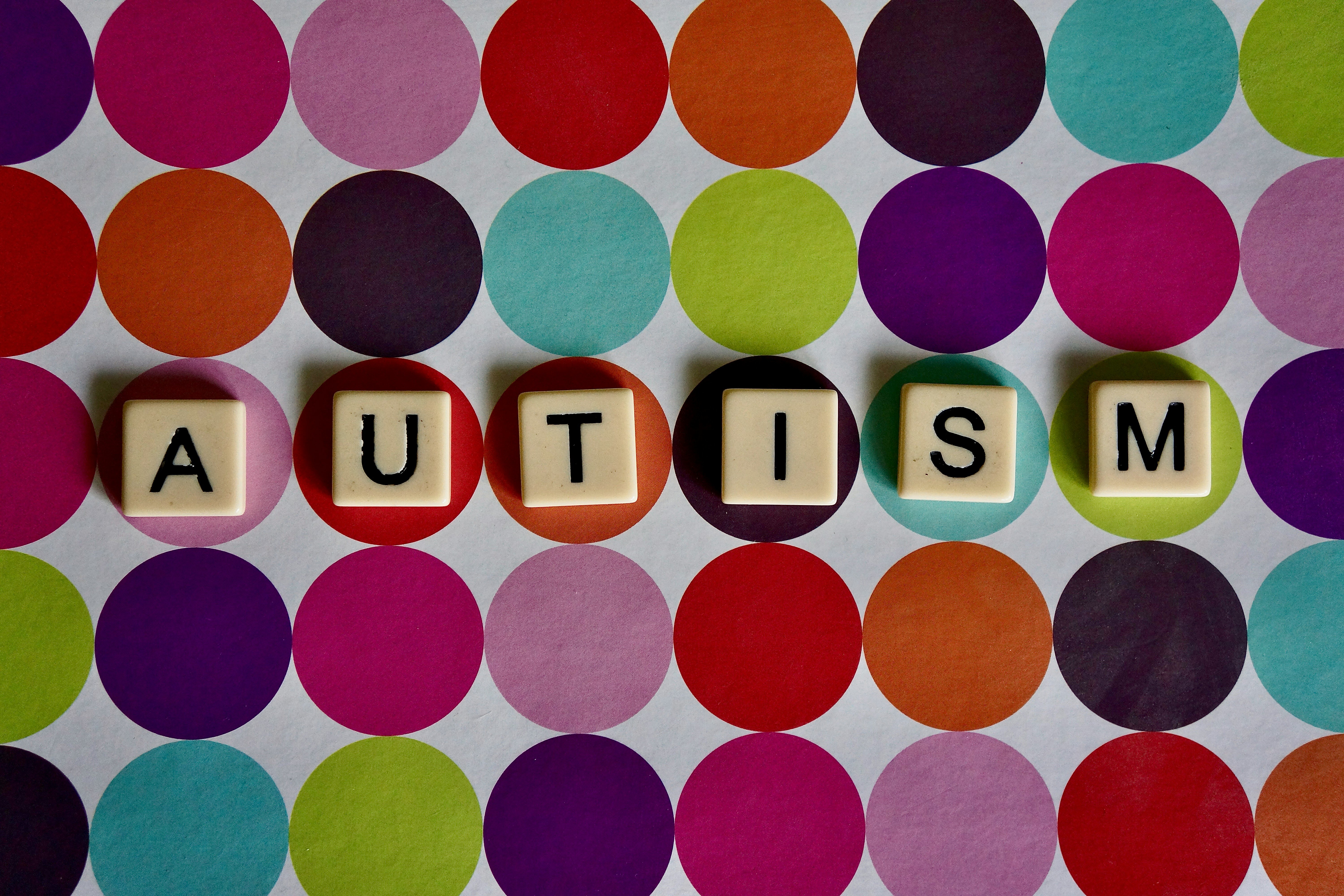Autism Spectrum Disorder (ASD) is a complex neurodevelopmental condition that affects how a person communicates, interacts with others, and experiences the world. Within this spectrum, Asperger’s Syndrome was once considered a separate diagnosis but is now included under the umbrella of ASD.
What Is Autism?
Autism is typically diagnosed in early childhood, although some people may not receive a diagnosis until later in life. It affects people differently and to varying degrees. Some individuals may require significant support, while others live independently and thrive with minimal assistance.
Common traits of autism include:
Challenges with social interaction
Repetitive behaviors or routines
Intense focus on specific interests
Sensory sensitivities (to sounds, lights, textures, etc.)
What Was Asperger’s Syndrome?
Asperger’s Syndrome was once diagnosed as a separate condition from autism. People with Asperger’s usually have average or above-average intelligence and may not have language delays, which can make their challenges less visible. However, they often experience difficulties in social communication and may have strong, narrow interests.
In 2013, the diagnostic criteria changed, and Asperger’s became part of the broader Autism Spectrum Disorder. Still, many people who received the diagnosis before the change continue to identify as having Asperger’s.
Strengths and Challenges
People with autism or Asperger’s often have unique strengths:
Exceptional attention to detail
Strong memory skills
Creative thinking
Deep knowledge in areas of interest
Challenges may include:
Understanding social cues
Adapting to change
Sensory overload
Anxiety or depression
Diagnosis and Support
Diagnosis involves a combination of developmental history, behaviour assessments, and observations. Many adults are now receiving diagnoses later in life as awareness grows.
Support can include:
Speech and language therapy
Occupational therapy
Social skills training
Counseling or mental health support
Educational accommodations
Celebrating Neurodiversity
Autism is not a disease to be cured it's a way of experiencing the world. Embracing neurodiversity means accepting and celebrating differences in brain function. Many autistic individuals prefer identity-first language (“autistic person”) while others prefer person-first (“person with autism”). It’s always best to ask.






Recommended Comments